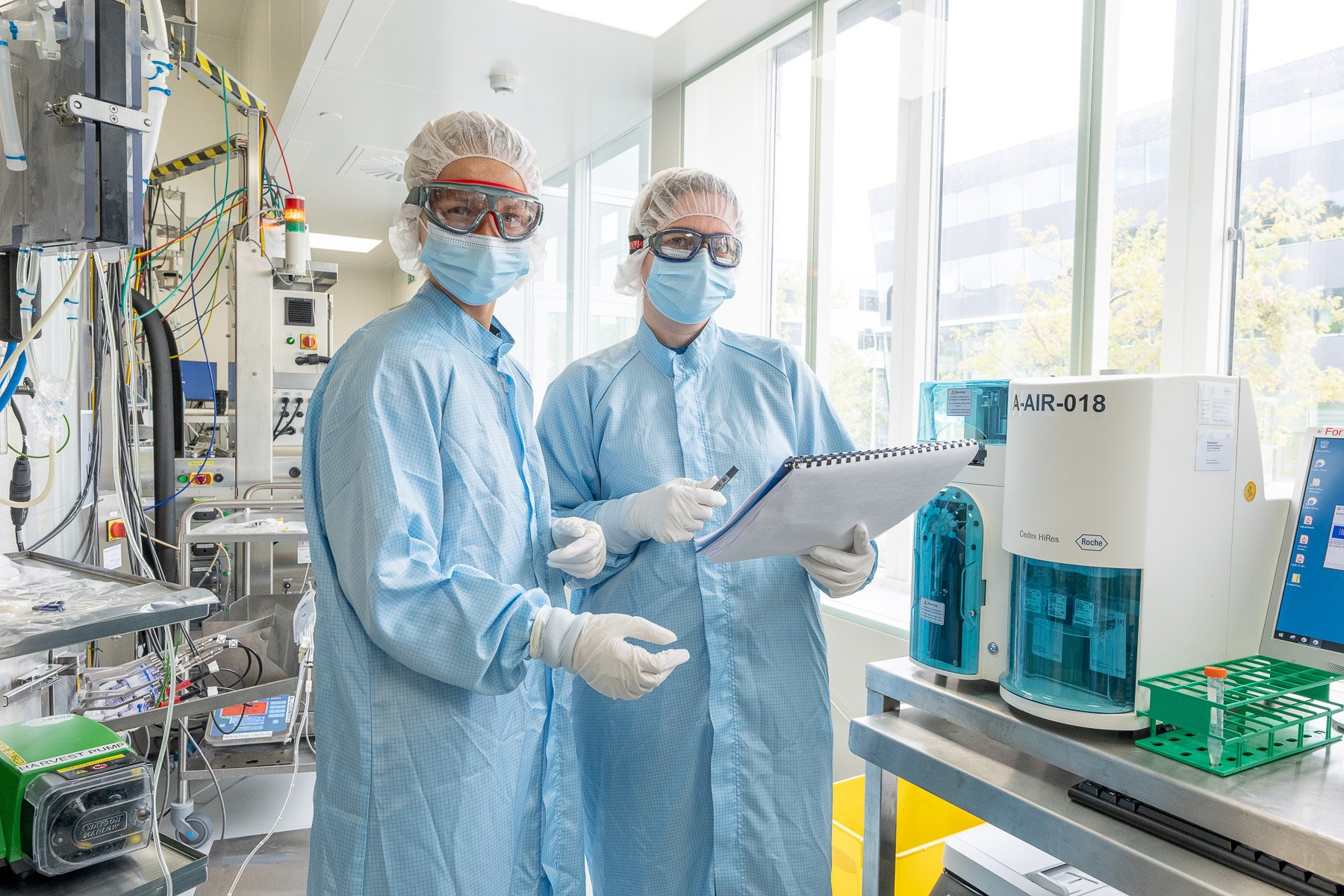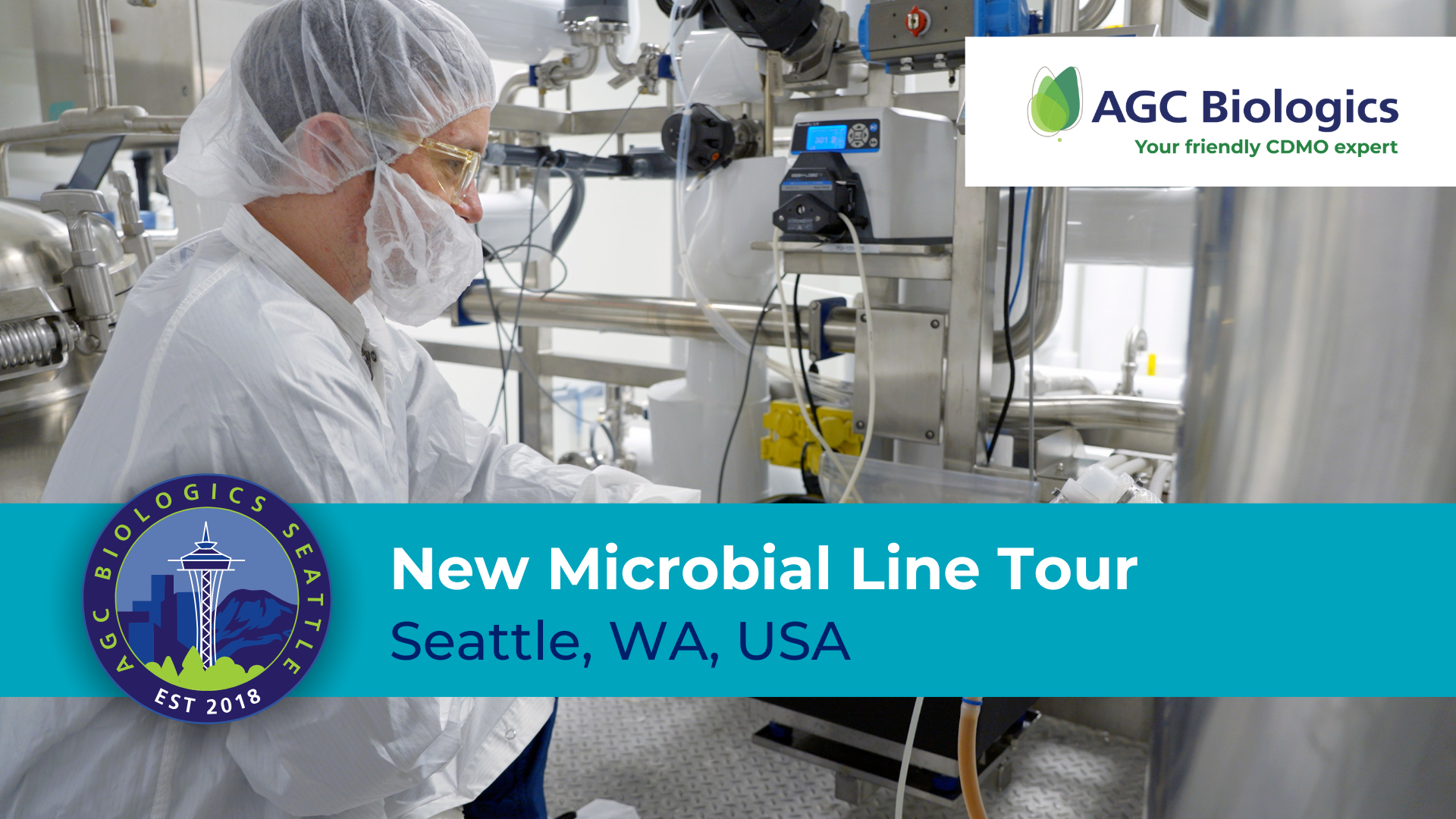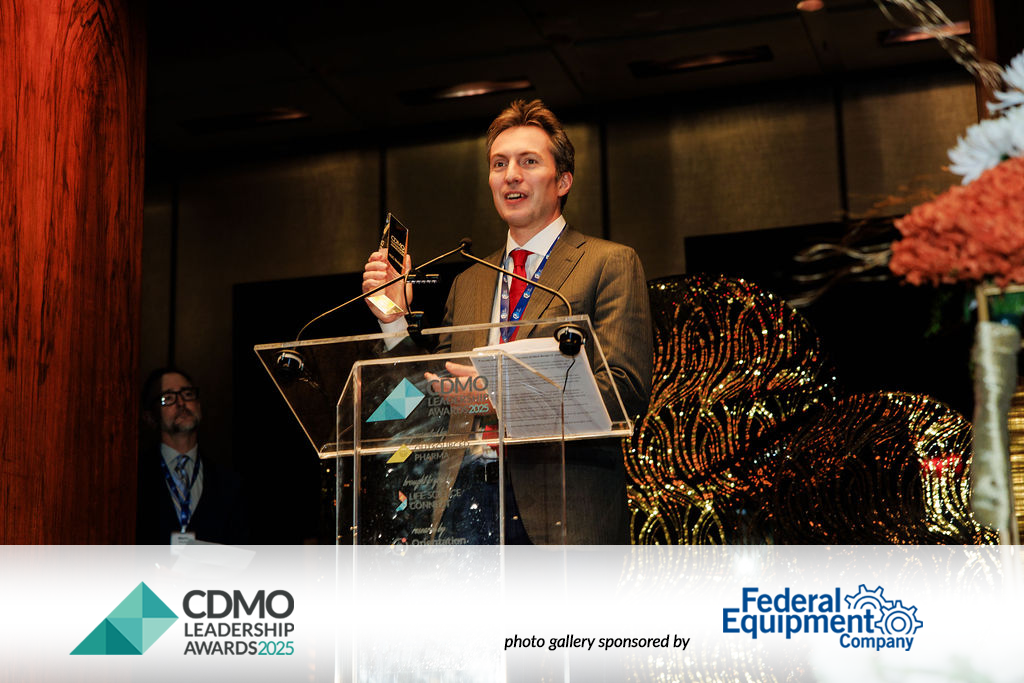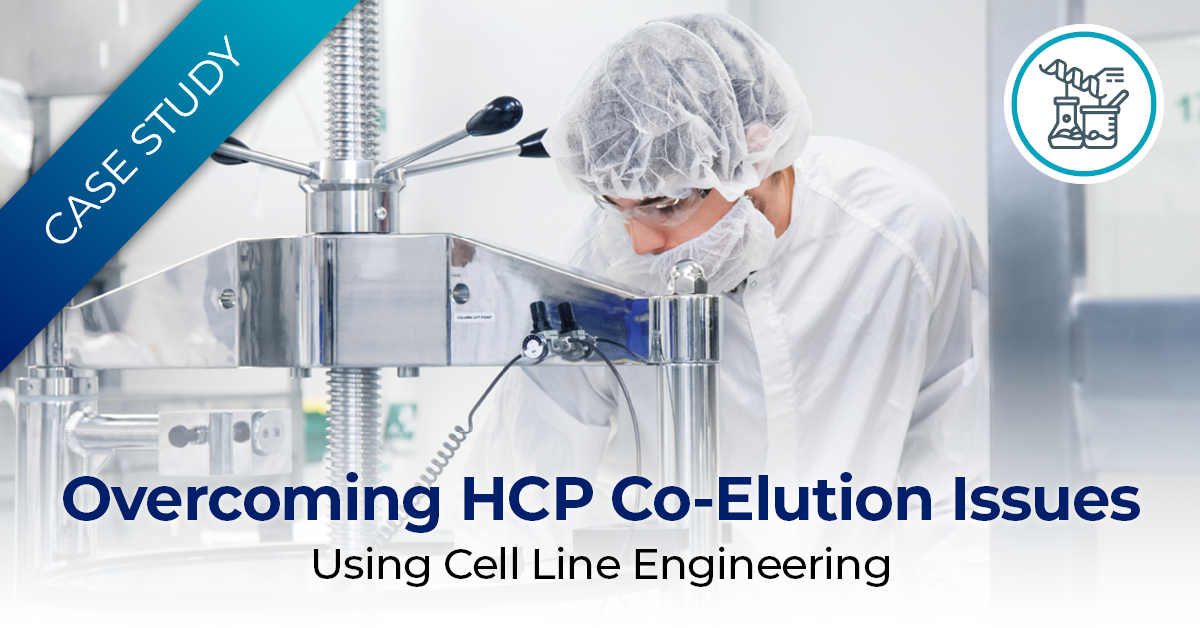5 min read
Monoclonals are about to revolutionize pathogen treatment
Nick McDonald August 17, 2023 at 9:13 AM

Pathogen-targeting monoclonal antibody (mAb) therapies are entering development at record pace
Over the past several decades, monoclonal antibody (mAb) therapies have revolutionized cancer treatment and have been effective therapies for conditions ranging from asthma to hemophilia. By comparison, the use of mAbs to treat infectious diseases has lagged behind, with only a handful of approved therapies reaching the market prior to 2020.1 In the time since, however, infectious disease mAb therapies have entered clinical trials at a record pace, with more and more pathogens being targeted by multiple mAb candidates in a race to market.
Barriers and opportunities in the infectious disease space
Although monoclonal antibodies are well suited to infectious disease treatment, market pressures have made anti-pathogen mAbs a relatively small share of the overall mAb market. Infectious disease treatments must meet the expectations of patients, insurers, and healthcare systems by providing affordable, convenient outpatient care with a low risk of side effects. First-generation mAb therapies, however, were expensive, carried the risk of immunogenic and inflammatory side effects, and were typically administered only in a hospital setting.1 These barriers to widespread adoption, and a development cycle that has historically been plagued by uncertain costs and timelines, have limited the full potential of mAbs to combat viral and antibiotic-resistant bacterial infections.
Despite the developmental challenges, monoclonal antibodies offer several advantages that make them complementary to other public health measures, such as vaccination. The shorter mAb development cycle provides a faster response to emerging diseases. They are also effective upon administration, even in immune-compromised and immune-suppressed patients.2
Fortunately, recent technological and process improvements are making it possible for more mAb therapies to fill the need for new infectious disease treatments.
Advances in mAb engineering and production improved tolerance, price, and efficacy
While the earliest therapeutic mAbs were unmodified mouse proteins produced in hybridoma cells, modern monoclonals can be isolated as fully-human antibody using phage display or humanized through gene engineering, then produced in efficient, high-productivity cell lines.3 Gene engineering can also be used to increase potency, improve efficacy, and modify the antibody’s Fc region by either sequence alteration or glycosylation to increase circulating half-life and reduce immunogenic side effects.1,4 Gene engineering of host cells has also been used to increase mAb production efficiency and yield, by better replicating the multi-protein complexes involved in folding, assembly, and secretion in immune cells.5
These advances in engineering and production improved the outlook for commercialization so much that, by 2020, nearly twice as many anti-pathogen monoclonal therapies were in active clinical trials than four years earlier. These included new treatments for HIV, Ebola, rabies, influenza A, RSV, hepatitis B, papillomavirus, Epstein-Barr virus, and hospital-acquired infections such as Pseudomonas and Staphylococcus—growing sources of antibiotic-resistant infections.1 Many of these pathogens had multiple mAb therapies in clinical trials simultaneously.1
These intense efforts to commercialize mAb therapies could not have come at a better time.
The full potential of mAbs was demonstrated during the pandemic
The necessity of effective treatments with short development cycles became evident early in the COVID-19 pandemic. Thankfully, monoclonal antibody therapy was poised to meet the needs of an overwhelmed public health system.
By 2022, multiple mAb therapies targeting SARS-CoV-2 had received emergency use authorization and manufacturers had increased production to scales measured in tons.6 The speed of this development and scale-up response was enabled by improvements to production made over the previous decade and by an infusion of government funding, with over $100 million earmarked for monoclonal antibody treatments in the United States alone.7
COVID monoclonals cut death and hospitalization risk among treated patients by a third, providing a lifesaving stopgap before vaccines came to market.8
Market and technology pressures are driving demand for monoclonal pathogen treatment
Their success against COVID has spurred public awareness and support for monoclonal pathogen treatments. Whereas pharmaceutical companies once had limited leverage to negotiate a profitable reimbursement rate for anti-pathogen mAbs, today’s patients are likely to exert pressure on their insurers and national healthcare systems to cover new monoclonals.1 Meanwhile, the decision to reimburse for monoclonal pathogen treatments will be made easier if costs can be lowered through production efficiencies.
However, this does not mean that all risk has been removed from infectious disease mAb commercialization. Cost and timeline overruns are still common during mAb development. These risks were problematic even during development of anti-COVID monoclonals but were eased by a backstop of government funding.9 For a typical candidate therapy today, however, without such generous financing to back it up, development-related delays can mean the difference between the project proceeding or being halted. Fortunately, there are ways to mitigate risk.
Minimizing risk with the right CDMO
To reduce risk and maximize novel mAb therapy profitability, biopharmaceutical developers need accurate cost estimates and firm timelines for cell line development (CLD). Unfortunately, few biopharmaceutical firms possess the in-house resources and expertise needed to bring a single monoclonal project to Phase I/II trials, let alone multiple concurrent projects that may be required to reach the market first. It is therefore vital to partner with a contract development and manufacturing organization (CDMO) with a proven mAb development process.
AGC Biologics offers AGCellerate, a monoclonal antibody development service that guarantees 1.0kg of mAb ready for investigational new drug (IND) testing in only 11 months, at a fixed price.
AGCellerate’s guarantees are backed by AGC’s extensive infrastructure, optimized upstream and downstream processes, and proprietary CHEF1™ expression platform. Our templated mAb platform speeds cell line development, while our solid supply chain prevents delays.
As a CDMO with 25+ years of monoclonal experience, we can anticipate most development challenges ahead of time. QC, seamless process transfer to cGMP manufacturing, cell line stability studies, and in-house teams of quality and regulatory specialists ensure pure, consistent, high quality mAb ready for any regulatory market.
With the monoclonal antibody market expected to grow at a compound annual rate of over 10% during the next decade, expect to see many more candidate mAbs enter the development pipeline, including those targeting pathogens.10 With multiple competing molecules in development at the same time, biopharmaceutical firms will need every advantage to win the race to market.
Discover accelerated clinical mAb production
References
- Pecetta S, Finco O, Seubert A. Quantum leap of monoclonal antibody (mAb) discovery and development in the COVID-19 era. Seminars in Immunology, Volume 50, 101427. (2020). doi: https://doi.org/10.1016/j.smim.2020.101427.
- Sparrow E, Friede M, Sheikh M, Torvaldsen S. Therapeutic antibodies for infectious diseases. Bull World Health Organ. Mar 1;95(3):235-237, (2017). doi: 10.2471/BLT.16.178061.
- Strohl WR, Strohl LM. Variable chain engineering – humanization and optimization approaches. In Therapeutic Antibody Engineering (pp. 111-595). Woodhead Publishing (2012). doi: https://doi.org/10.1533/9781908818096.111.
- Taylor PC, Adams AC, Hufford MM, et al. Neutralizing monoclonal antibodies for treatment of COVID-19. Nat Rev Immunol 21, 382–393, (2021). doi: https://doi.org/10.1038/s41577-021-00542-x
- Dinnis, D.M. and James, D.C. (2005), Engineering mammalian cell factories for improved recombinant monoclonal antibody production: lessons from nature?. Biotechnol. Bioeng., 91: 180-189. https://doi.org/10.1002/bit.20499
- Kelley B, De Moor P, Douglas K, Renshaw T, Traviglia S. Monoclonal antibody therapies for COVID-19: lessons learned and implications for the development of future products. Current Opinion in Biotechnology, Volume 78, 102798, (2022). doi: https://doi.org/10.1016/j.copbio.2022.102798.
- Hwang YC, Lu RM, Su SC. et al. Monoclonal antibodies for COVID-19 therapy and SARS-CoV-2 detection. J Biomed Sci 29, 1, (2022.) doi: https://doi.org/10.1186/s12929-021-00784-w
- Kip KE, McCreary EK, Collins K, et al. Evolving Real-World Effectiveness of Monoclonal Antibodies for Treatment of COVID-19: A Cohort Study. Ann Intern Med.2023;176:496-504. [Epub 4 April 2023]. doi:10.7326/M22-1286
- Lurie N, Keusch GT, Dzau VJ. Urgent lessons from COVID 19: why the world needs a standing, coordinated system and sustainable financing for global research and development. Health Policy| Vol 397, 10280, pp1229-1236. (2021).
- Grand View Research. (2023). Monoclonal Antibodies Market Size, Share & Trends Analysis Report By Source Type (Chimeric, Murine, Humanized, Human), By Production Type (In Vivo, In Vitro), By Application, By End-use, By Region, And Segment Forecasts, 2023 - 2030.



